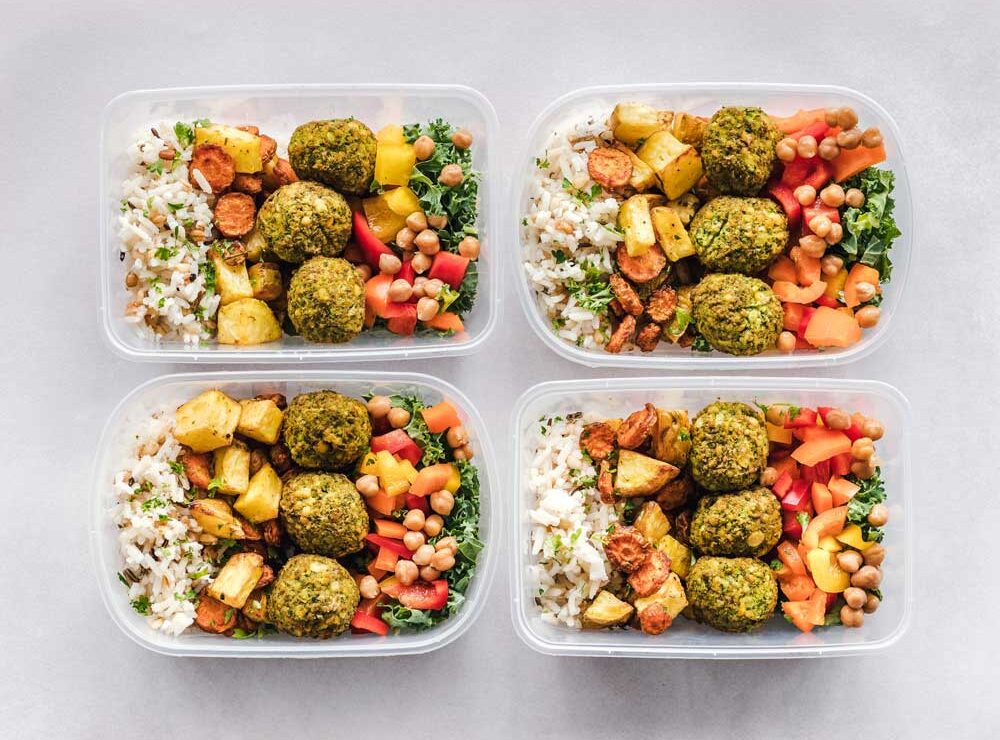Reverse dieting is a gradual process of increasing your daily caloric intake after a period of calorie restriction or dieting. The goal of reverse dieting is to prevent weight gain, metabolic damage, and the negative effects of prolonged calorie restriction.
During reverse dieting, you slowly increase your calorie intake by adding 50-100 calories every week or two, depending on your body’s response. This gradual increase allows your metabolism to adjust and prevent sudden weight gain.
Here are some tips to reverse diet properly:
- Start with a baseline: Before starting a reverse diet, calculate your current caloric intake and track your food intake for a week. This will give you a baseline of where you currently are to work with.
- Increase calories gradually: As mentioned, add 50-100 calories to your daily intake every week or two, depending on your body’s response. This will prevent sudden weight gain and allow your metabolism to adjust.
- Monitor your progress: Keep track of your weight, body measurements, and how you feel during the reverse dieting process. Adjust your caloric intake accordingly depending on your progress and how you are feeling.
- Focus on nutrient-dense foods: As you increase your calorie intake, make sure to focus on nutrient-dense foods such as lean protein, complex carbohydrates, fruits, vegetables, and healthy fats.
- Be patient: Reverse dieting is a slow process, and it can take weeks or even months to reach your desired caloric intake. Be patient and trust the process.
Remember, reverse dieting is not a quick fix, and it requires patience and consistency. If you’re unsure about how to reverse diet properly, it’s always best to consult with a registered dietitian, nutritionist or certified Fitness Coach.
WRITTEN BY ASHLEY


